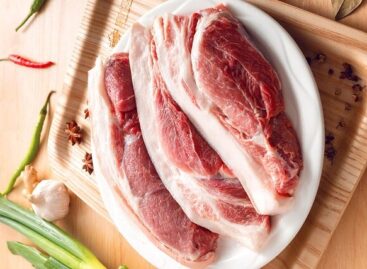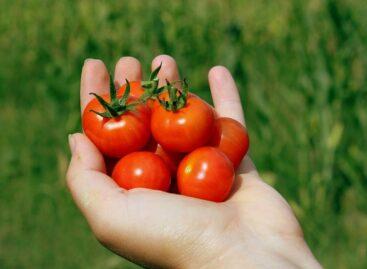The range of summer squash is extremely diverse
In the heat of summer, a light lunch or a summer evening dinner is good, for which tender pumpkins, which can be prepared in a variety of ways, can serve as an excellent ingredient. According to the overview of the National Chamber of Agriculture, customers can find domestically grown summer squash in stores from May until the end of September. Choose asparagus or zucchini, you can be sure that you are not only good for your taste buds, but also for your health.

(Photo: Pixabay)
A light vegetable lunch or dinner can be a great choice in the heat of the day, and vegetables can even be grilled on the grill during a barbecue in the garden. Summer squashes are extremely diverse, including asparagus, butternut squash, butternut squash, butternut squash and zucchini. There is a tradition of growing pumpkins in our country, their main value is the excellent dietary fiber and biologically pure water content, they are low in calories, so they can be an excellent ingredient for a light summer lunch or summer evening dinner.
The domestic cultivation of summer squash has declined considerably in recent decades
Based on this year’s uniform applications, we grow these vegetables on less than a thousand hectares. In addition, early zucchini varieties are also grown in foil, mainly in the Southern Great Plain. The summer squash market can be supplied from the outdoor cultivation from mid-June to the end of September. Asparagus can be sold on the fresh market from half-kilo baby sizes to mature ones weighing several kilos. In the early spring months, the crop size of 70-80 dkg of asparagus and 1-1.8 kg in the summer months is sought after. The sale of the patisson is limited to June and July in stores.
The green version of zucchini is the most popular here, customers typically look for the 18-21 cm, 30-35 dekagram zucchini
Its water content is significantly less compared to other pumpkins, but its vitamin and mineral content is more significant. Since it is eaten with its peel, it also contains a large amount of protective beta-carotene. Zucchini also contains plenty of vitamin C, folic acid, potassium, calcium, phosphorus, manganese, zinc, mucilaginous and bitter substances, as well as trace amounts of physiologically valuable selenium. This tasty vegetable combines all the beneficial properties of cucumber and pumpkin.
Zucchini has a very rich selection of varieties and is varied in color, shape and size
Green, pale green, yellow, striped and round varieties are also available for cultivation, in addition to the classic elongated type with a dark green skin. In our country, the latter is the most common, the other types are more versatile and are only grown in small quantities in our country, so it is less common to see them in stores. The method of preparation is only limited by your imagination. It can be used as a vegetable, salad, stew, and can be offered fried, boiled, fried, or even grilled.
When shopping, we look for pumpkins with an intact outer layer. Young, tender pumpkins can be kept at 12-13 ℃ for 1 week, fully developed fruits can be eaten at the same temperature for up to 1-2 months.
NAK
Related news
Dishes made from Hungarian pork should be on the holiday table!
Not only fish dishes are in the spotlight during the…
Read more >In addition to delicious desserts, poppy seeds are the raw material for many of our medicines
Poppy seeds are not only excellent as a traditional raw…
Read more >AKI participates in the carbon farming project supported by the European Commission
On behalf of the European Commission’s Directorate-General for Climate Action…
Read more >Related news
Recognition of Consumer Protection Excellence: Honoring the Best of 2024
This year’s outstanding consumer protection officers and special award recipients…
Read more >The Joy of Giving! – SPAR stores collect non-perishable food for people in need
The Hungarian Maltese Charity Service and SPAR Hungary have launched…
Read more >KSH: industrial production decreased by 0.2 percent in October
In October, the volume of industrial production fell by 0.2…
Read more >








